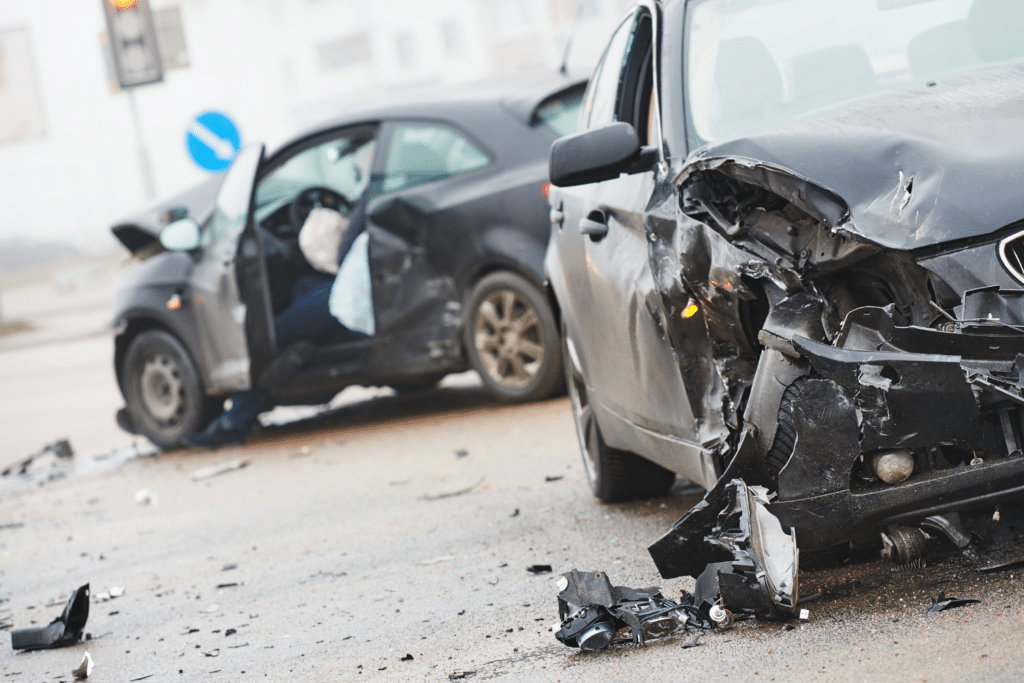Car accidents, unfortunately, are a common occurrence and can happen to anyone at any time. The moments following an accident are crucial and can significantly impact your safety, health, and legal rights. Whether you’re a driver, passenger, or a concerned bystander in Oklahoma City or elsewhere, it’s vital to be aware of the essential steps to take immediately after an accident.
1. Ensure Safety First
The immediate aftermath of an accident can be chaotic. Your first priority should always be safety. If the accident is minor and there are no serious injuries, move the vehicles to the side of the road to avoid blocking traffic and further accidents. Turn on your hazard lights to alert other drivers, and if you have them, set up road flares or safety triangles.
2. Check for Injuries and Call for Help
Before assessing property damage, check yourself and others for injuries. Remember, some injuries may not be visible or immediately apparent. Call 911 regardless of the accident’s severity; this ensures that everyone receives necessary medical attention and that the accident is officially documented, which can be crucial for insurance and legal purposes.
3. Exchange Information but Limit Discussion
It’s important to exchange contact and insurance information with the other driver involved. However, be cautious about the conversation you have at the scene. Avoid admitting fault or making statements that could be misconstrued. Stick to the facts and avoid speculation.
4. Document the Scene
If it’s safe to do so, take photographs of the accident scene, including all vehicles involved, any visible damage, and the surrounding area. This visual evidence can be invaluable for insurance claims or legal proceedings. Also, if there are any witnesses, politely ask for their contact information.
5. Notify Your Insurance Company
Inform your insurance company about the accident as soon as possible. Provide them with all the necessary details and the information you’ve collected. Being prompt and honest with your insurer can expedite the claims process.
6. Seek Medical Attention
Even if you feel unharmed, it’s crucial to see a doctor after an accident. Some injuries, like concussions or internal bleeding, can have delayed symptoms. A medical professional can provide a thorough examination and document any injuries, which is essential for health and any potential insurance claims or legal action.
7. Consider Legal Consultation
In the case of injuries, especially for passengers, legal advice can be invaluable. For instance, in Oklahoma City, passengers injured in car accidents have specific rights and may be entitled to compensation. Resources like BGarrettLaw.com offer insights into passenger rights and legal options in these scenarios. Consulting with a knowledgeable personal injury lawyer can help clarify your rights and the best course of action.
8. Follow Up
Stay organized post-accident. Keep a file of all accident-related documents, including medical reports, insurance communications, and any legal paperwork. If you’re working with an attorney, keep them updated on your recovery and any new information related to the accident.
Conclusion
Navigating the aftermath of a car accident can be overwhelming. By following these essential steps, you can ensure your safety, protect your rights, and set the foundation for a smoother recovery process. Remember, each accident is unique, and in cases of injury, especially as a passenger, seeking professional legal advice can be crucial. Expertise from sources like BGarrettLaw.com can provide the necessary guidance to navigate the complexities of car accident claims and lawsuits effectively.

